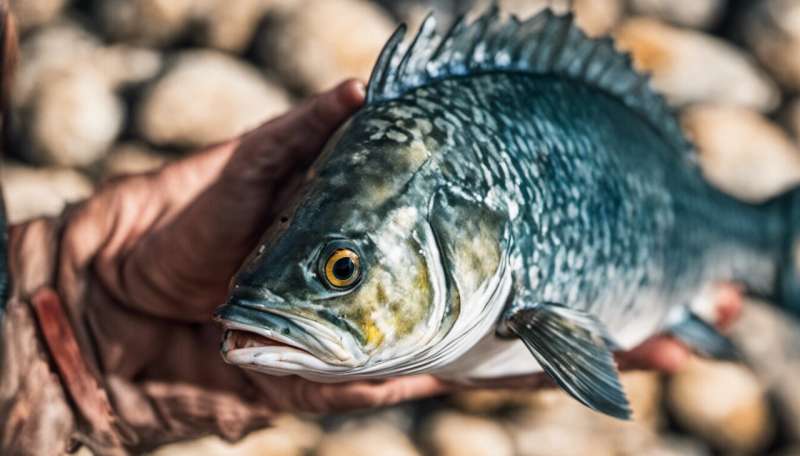Credit: AI-generated image (disclaimer)
Counting every single fish in the European seas may sound as likely as finding a mermaid, but it seems the world of technology has no boundaries.
Soon fishery biologists in the EU, which governs the largest maritime zone in the world, will be able to find the answers to questions such as: Are there more cod to be found in the eastern Baltic Sea? And, where are all the herring? Finding out fish-related facts and figures will be easier to answer thanks to a shared database being used by the scientific organisation the International Council for the Exploration of the Sea (ICES), which advises EU politicians about future fishery.
The database, named RDB-FishFrame, has been developed by DTU Aqua - National Institute of Aquatic Resources in Denmark and is co-financed by the European Commission. This shared tool will be used by ICES to process data from the Baltic Sea, the North Sea and the North Atlantic, and will ensure the huge volumes of data on fishery and the status of fish stocks are collected every year by the European fishery research institutions. The ICES provides knowledge and advice on the basis of data collected every year using sea exploration vessels such as the Danish ship Dana, and through examination of landing statistics and fishing vessels' log books, as well as by measuring fish in catches landed on commercial vessels and in fishing harbours.
European fish stocks have been consistently declining to around 10 % of their post-WWII levels. In the Mediterranean, 82 % of stocks are overfished, and 3 out of 4 white fish species there are on the brink of extinction. However, the tide is changing and the EU has made headway in reducing further decline. This summer the EU unveiled plans to overhaul its fisheries policy with a reform hailed as the most radical in four decades.
The reform, to halt overfishing, has already started to work, and there has been a revival in stocks of key species, thanks to the reduced annual catch quotas which have been put in effect in recent years. Furthermore, 20 fish stocks in EU waters are now considered to be within sustainable fishing limits, compared with only 5 in 2009.
The effectiveness of quota cuts has allowed increases in the total allowable catch (TAC) for some stocks this year, with an estimated extra income for the fishing industry of EUR 135 million. Setting a TAC was put in place after following scientific advice for building fish stocks.
Users accessing RDB-FishFrame can use a login from any browser, and accessing the database does not require any expensive or complex software. This means that the database is readily accessible, regardless of whether the user is sitting in an office, en route to a meeting anywhere in the world or has an idea which needs testing right away.
Provided by CORDIS



















